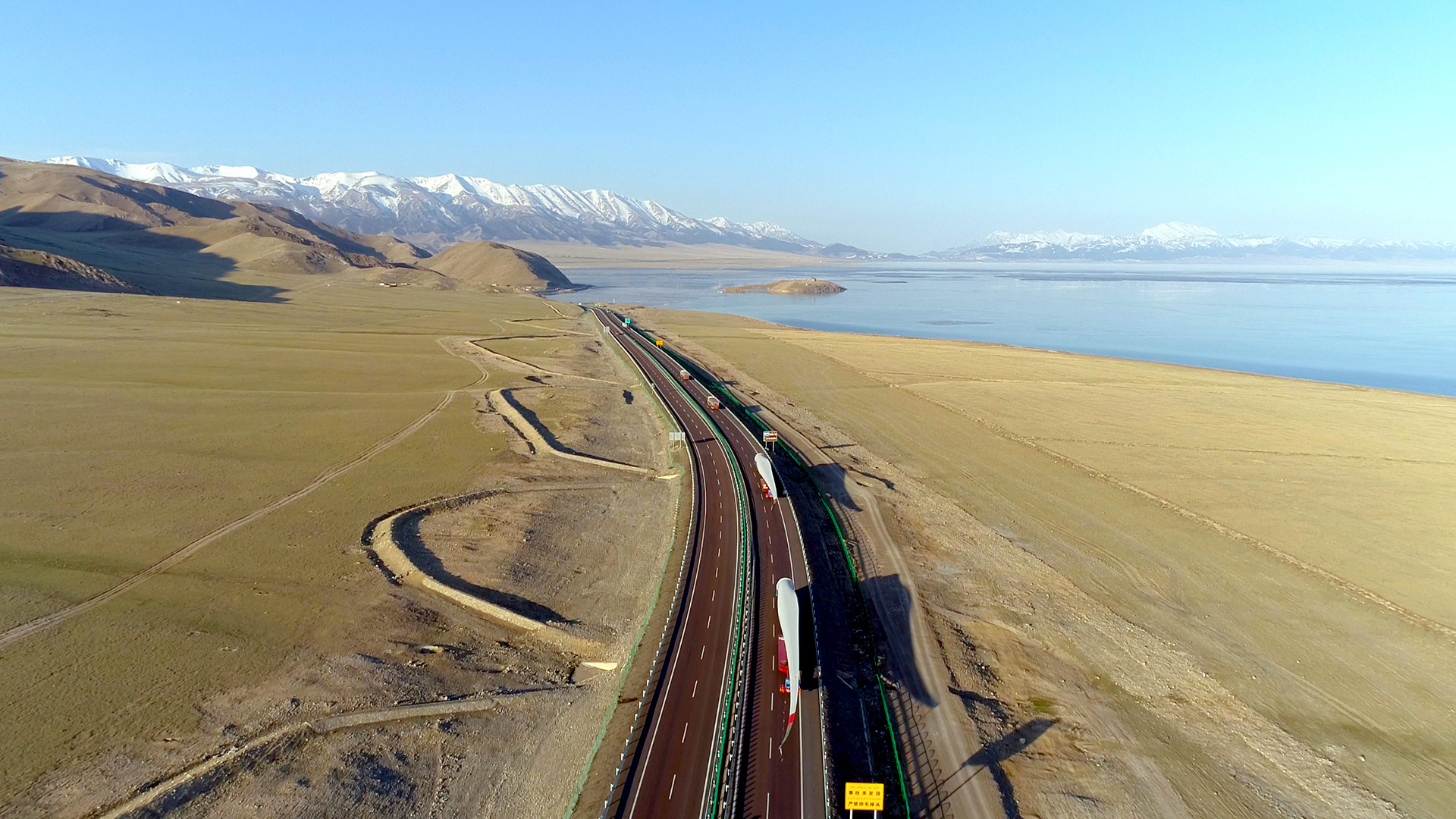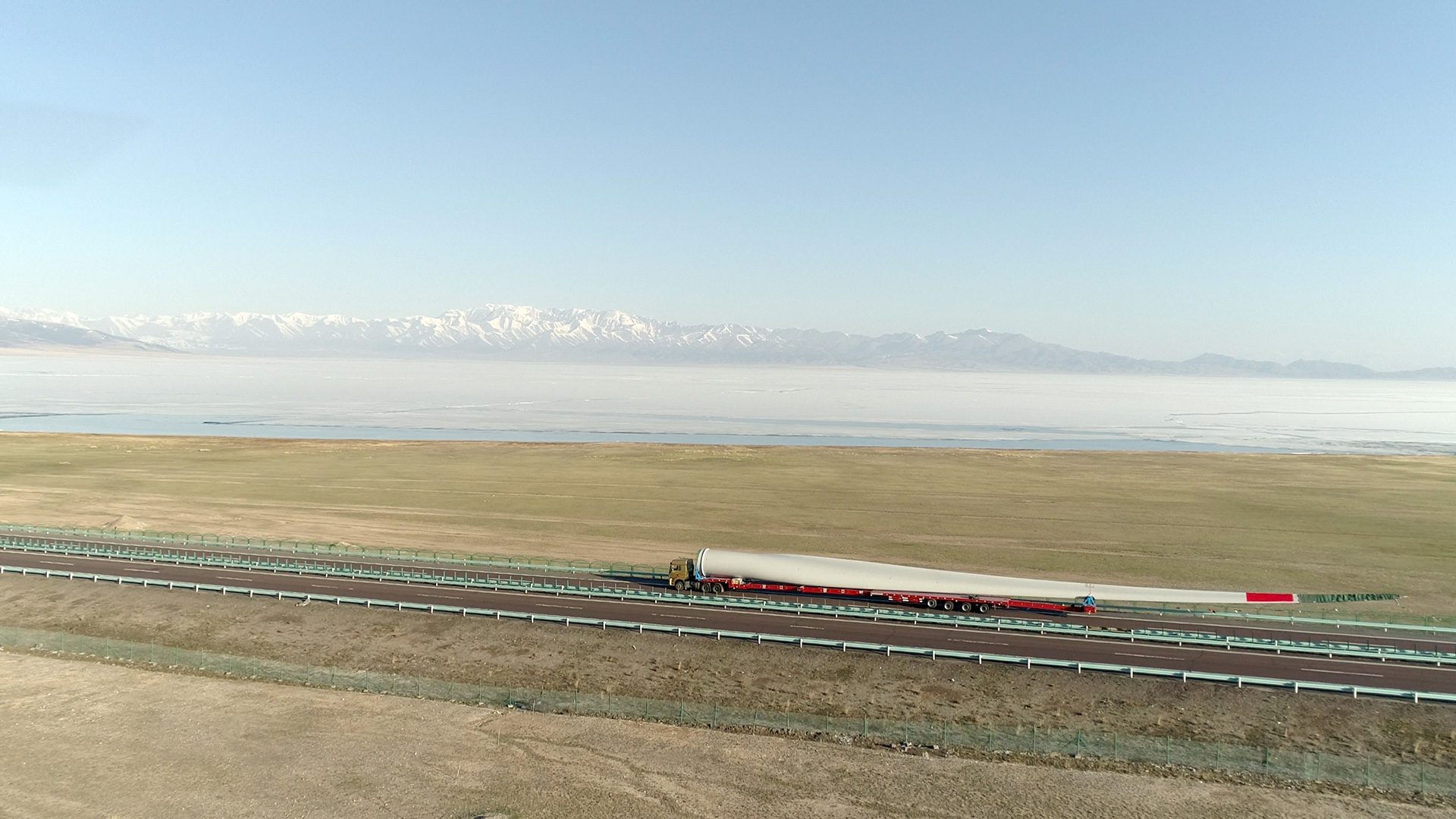
How a new Silk Road is unlocking global trade and connectivity
Over the past decade, the China-proposed Belt and Road Initiative (BRI) has reshaped the world market by facilitating connectivity, trade, and logistics in locations underserved by modern supply chains. From Xi’an, the historical heartland of the Silk Road, to landlocked nations in Central and Southeast Asia, the BRI is transforming these regions into vital hubs of global commerce.
A modern-day Silk Road
Xi’an, a city steeped in history, holds a special place in the annals of global trade. This ancient metropolis, formerly known as Chang’an, served as the national capital of China for over a millennium. It was from here that the legendary Silk Road originated, stretching 4,000 miles to link Asia, the Middle East, and the West, playing a central role in facilitating cultural and economic trade.
Travel forward to present day and Xi’an is once again experiencing a contemporary renaissance, thanks to sweeping investment and innovation under the BRI.

The initiative, introduced by China over a decade ago, is an international strategy, seeking to enhance connectivity, infrastructure development, and economic cooperation across vast geographical expanses – and transform ill-connected regions into vital arteries of international trade.
At the heart of Xi’an’s transformation lies the International Trade and Logistics Park. Now China’s largest inland port, the number of freight train trips leaving the Park has increased to 17,157 per year, including 4,250 trips to the five Central Asian countries. Much like the historical connection between Chang’an and the Silk Road, Xi’an Park is now the central outbound hub for China freight trains, which transport goods through Central Asia all the way to Europe.
Opening new corridors to growth
Beyond rejuvenating ancient trade routes, the BRI is opening doors to prosperity for historically underserved regions beyond China’s borders. Central Asia, defined by its landlocked nations, is one area significantly benefiting from the initiative.
Kazakhstan, with the largest economy in Central Asia, is one of these countries. Its location at the crossroads of Eurasia is strategically important, and it has become a major logistics hub due to the increasing number of China-Europe freight trains.

This is in no small part down to the BRI investment in the country’s dry port, which borders China. And as two-way trade between China and Kazakhstan reaches $31.17 billion in 2022 – a 23.6 percent year-on-year increase – leaders are welcoming improvements to infrastructure.
“The emergence of infrastructure facilities has had a direct impact on the increase in trade volumes,” says Asset Seisenbek, Deputy General Director for the Development of the Horgos-East Gate Special Economic Zone.
This sentiment is echoed by the World Bank, which notes that the evolution of Kazakhstan’s logistics and travel infrastructure will have a significant positive impact on the country’s trade, FDI and GDP.
Meanwhile, similar investment is being made in Kyrgyzstan, where mountainous terrain brings formidable logistical challenges. The construction of the crucial North-South highway, a 433-kilometer superhighway, will become vital in linking Kyrgyzstan with wider Central Asia.
“Thanks to the initiative, the volume of trade between Kyrgyzstan and China has been growing annually in the past 10 years,” said Sherdali Baktygulov, Project Monitor, Kyrgyzstan Ministry of Transport. “Such projects will help the economic development of Kyrgyzstan, as well as create international transport corridors that will promote growth throughout Central Asia.”
Unlocking Laos
In Southeast Asia, Laos stands alone as the region’s sole landlocked country, its economic development long hampered by geographical constraints.
However, a new 1,035-kilometer railway linking Vientiane, the capital of Laos, with Kunming, in China’s southwestern Yunnan province, has breathed new life into the region.

The railway, launched more than one year ago, has already delivered over 20 million passengers and more than 26 million tons of freight, covering more than 10 countries and regions. With travel to the Chinese border now taking less than four hours, compared to 15 hours by car, it represents a significant step in Laos’ transformation from a landlocked country to a land-linked hub of the Indo-China Peninsula.
The economic benefits are substantial, with the project attracting greater foreign investment and tourism to the region, and local businesses benefiting from reduced logistics costs.
“We save about 30 percent on logistics costs from Kunming to Vientiane,” says Yang Jie, head of a Shanghai-based supply chain management company. “This is down to reduced transportation time, and less freight damage.”
A new era of connectivity
The Belt and Road Initiative, with its emphasis on logistics and trade, is ushering in a new wave of global commerce. From Xi’an’s historic rebirth as a trade hub to the revitalization of landlocked countries in Central and Southeast Asia, the initiative is a catalyst for connectivity and commerce, echoing the Silk Road spirit of ancient times.
Read More



